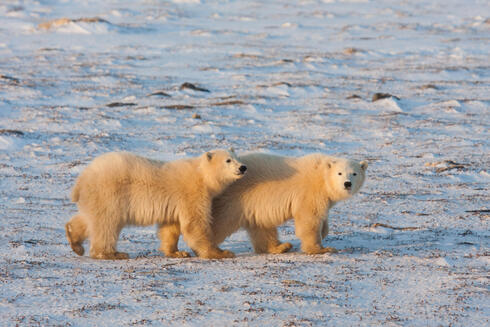What WWF is doing
Around the globe, WWF partners with governments, businesses, and local communities to develop nature-based solutions that restore ecosystems and help people adapt to climate change.
Rebuilding oyster reefs
Well-developed oyster reefs break up and absorb wave energy, protecting coastlines from wave erosion and storm damage. When these reefs disappear due to overfishing, habitat destruction and diseases, those benefits also go away. In the Netherlands, WWF recently led an NbS project to engineer new oyster reefs using living oysters, which improve water quality as they filter feed and provide nursery habitat for economically valuable species.
Fuller Symposium
The 2020 virtual Fuller Symposium, Nature-based Solutions: Global Callenges, Greener Future, convened leading experts to discuss the opportunities and challenges of nature-based solutions. Watch the sessions.
Protecting and restoring coral reefs
Healthy coral reefs dissipate wave energy, providing significant protection for low-lying communities and shorelines against flooding, storm surges, and erosion. One study found that reefs can be even more effective than human-built breakwaters at reducing the height and energy of waves. As rising seas and more intense storms push tides higher and farther inland, increasing flood risks for tens of millions of people and threatening local economies, protecting and restoring coral reefs is a smarter—and potentially cheaper—approach than traditional seawalls for bolstering our coastlines.
Keeping forests standing
Forests are one of the best examples of nature-based solutions. Home to 80% of the world’s terrestrial biodiversity, forests provide clean air and water, protect against erosion and landslides, and help to regulate the climate by removing carbon from the atmosphere. Primary forests, such as the Amazon, act as significant carbon sinks, sequestering huge amounts of carbon in tree biomass and soils. By preventing deforestation and degradation, which contribute around 13% of global CO2 emissions, we could significantly reduce carbon emissions while staving off the worst impacts of a warming planet.
Building greener cities
Urban development replaces forests and wetlands with buildings and nonporous infrastructure. When it rains heavily, stormwater that doesn’t get absorbed can cause severe flooding. That runoff then washes into streams, lakes, or rivers, where it can increase sediments, pollute drinking water, or harm wildlife. Nature-based solutions such as green roofs, rain gardens, or constructed wetlands can minimize damaging runoff by absorbing stormwater, reducing flood risks and safeguarding freshwater ecosystems. In addition, nature-based solutions keep cities cooler during the summer, support birds and other pollinators, and promote people’s mental and physical health.

